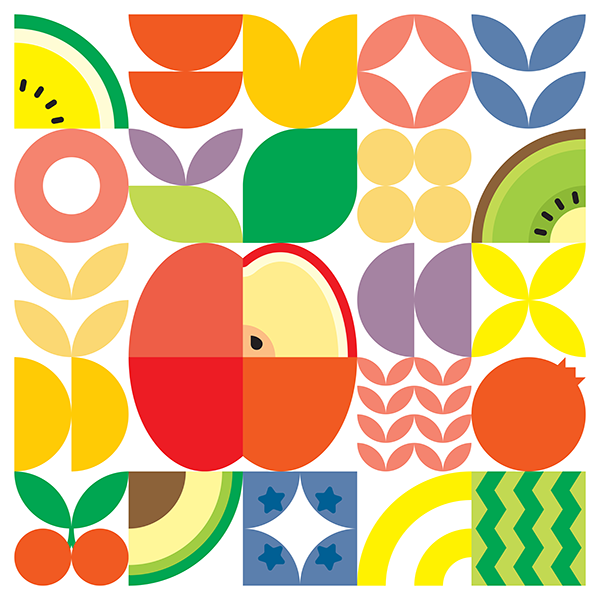Childcare centers, daycares, and adult care homes offering meals through the Child and Adult Care Food Program (CACFP) have added a greater variety of vegetables and fruit, more whole grains, and less added sugar and saturated fat to their meals and snacks.
CACFP plays a critical role in supporting the wellness, health, and development of children, older adults, and chronically impaired disabled persons through the provision of nutritious foods. Childcare providers, in particular, have a powerful opportunity to instill healthy habits in young children that serve as a foundation for healthy choices in life.
These food and beverage guidelines help ensure children and adults have access to healthy, balanced meals and snacks throughout the day.
INFANT Meal Pattern
Encourage and support breastfeeding:
- Providers may receive reimbursement for meals when a breastfeeding mother comes to the daycare center or home and directly breastfeeds her infant; and
- Only breastmilk and infant formula are served to infants 0 through 5 month olds.
Developmentally appropriate meals:
- Two age groups, instead of three: 0-5 month olds and 6-11 month olds; and
- Solid foods are gradually introduced around 6 months of age, as developmentally appropriate.
More nutritious meals:
- Requires a vegetable or fruit, or both, to be served at snack for infants 6-11 months old;
- No longer allows juice, cheese food or cheese spread to be served; and
- Allows ready-to-eat cereals.
CHILD Meal Pattern
Greater variety of vegetables and fruits:
- The combined fruit and vegetable component is now a separate vegetable component and a separate fruit component; and
- Juice is limited to once per day.
More whole grains:
- At least one serving of grains per day must be whole grain-rich;
- Grain-based desserts no longer count towards the grains component; and
- Ounce equivalents are used to determine the amount of creditable grains (effective October 1, 2019).
More protein options:
- Meat and meat alternates may be served in place of the entire grains component at breakfast a maximum of three times per week; and
- Tofu counts as a meat alternate.
Age appropriate meals:
- A new age group to address the needs of older children 13 through 18 years old.
Less added sugar:
- Yogurt must contain no more than 23 grams of sugar per 6 ounces; and
- Breakfast cereals must contain no more than 6 grams of sugar per dry ounce.
Making every sip count:
- Unflavored whole milk must be served to 1 year olds;
- Unflavored low-fat or fat-free milk must be served to children 2-5 years old;
- Unflavored low-fat, unflavored fat-free, or flavored fat-free milk must be served to children 6 years old and older and adults;
- Non-dairy milk substitutes that are nutritionally equivalent to milk may be served in place of milk to children or adults with medical or special dietary needs; and
- Yogurt may be served in place of milk once per day for adults only.
Additional improvements:
- Extends offer versus serve to at-risk after school programs; and
- Frying is not allowed as a way of preparing foods on-site.
One-Page Summaries of the New Meal Standards, Effective October 2017
Meal Standards Charts
Source: USDA Food and Nutrition Service – Child and Adult Care Food Program

